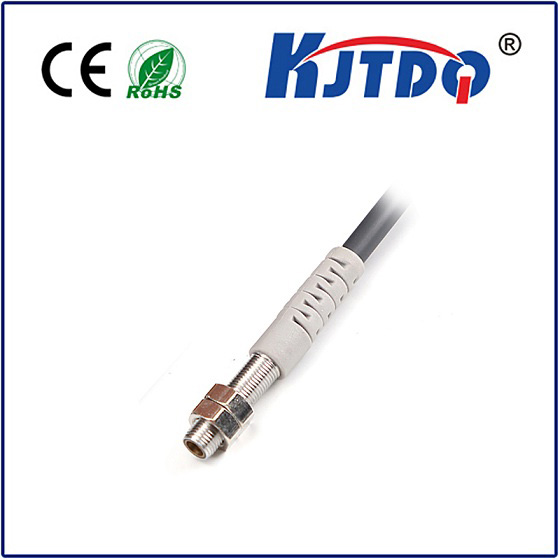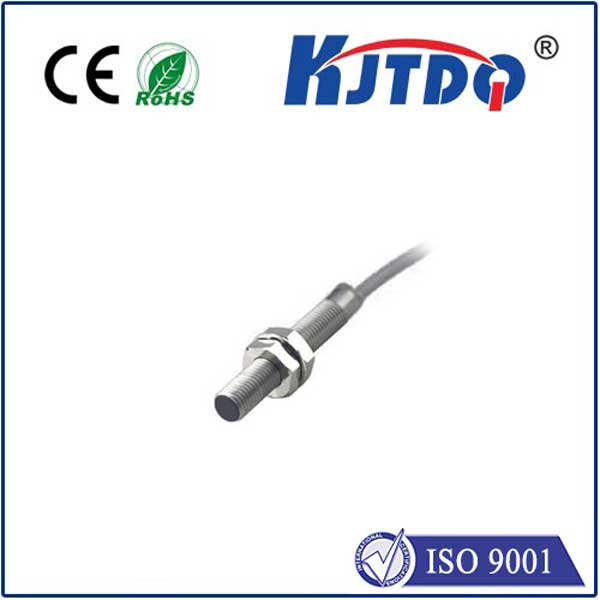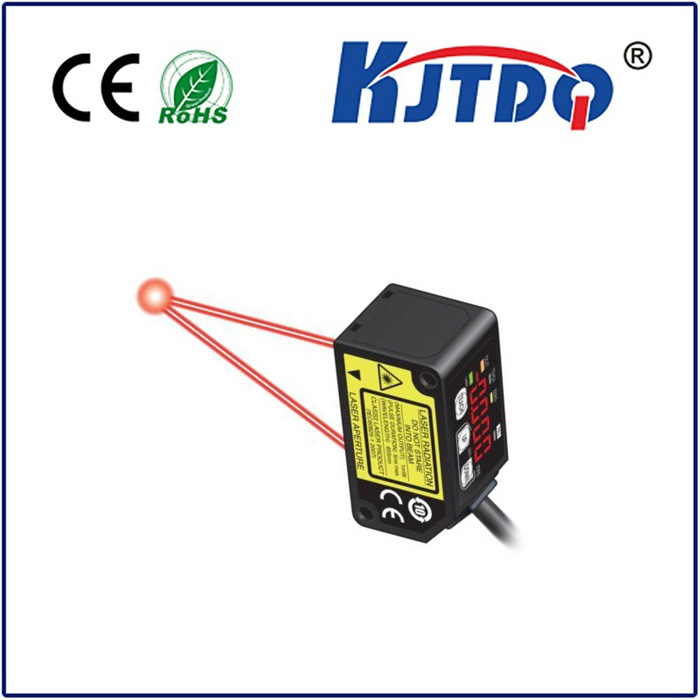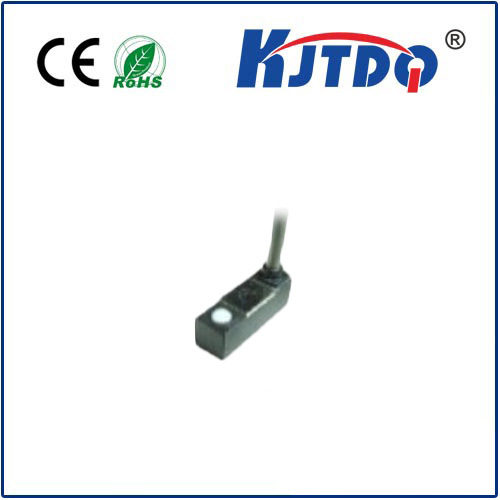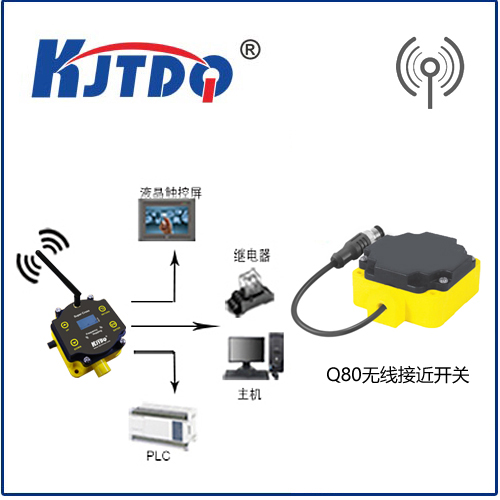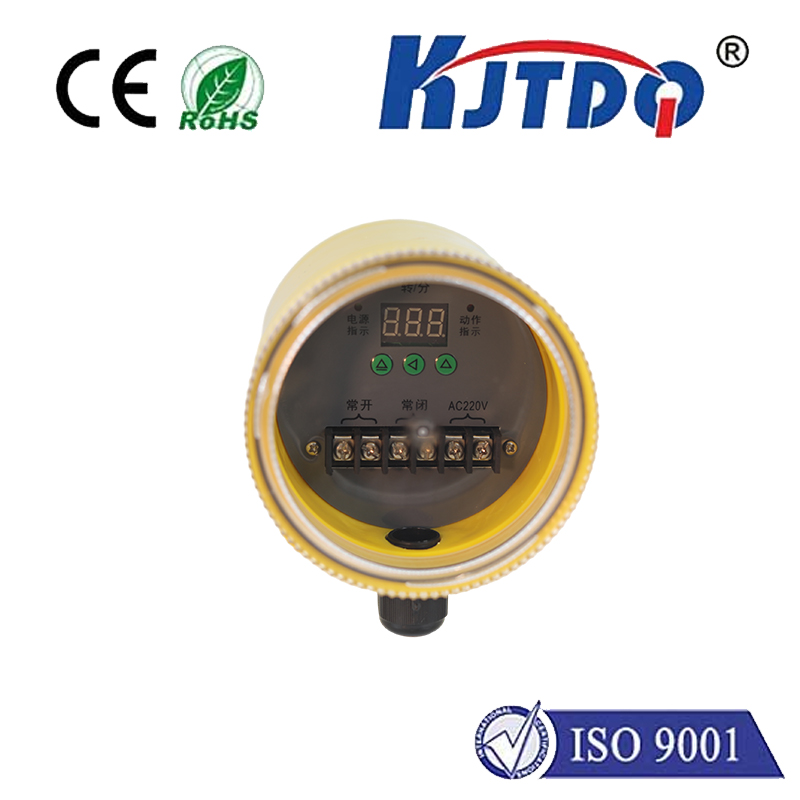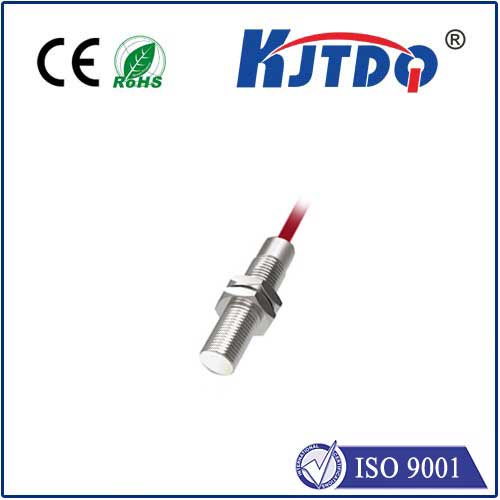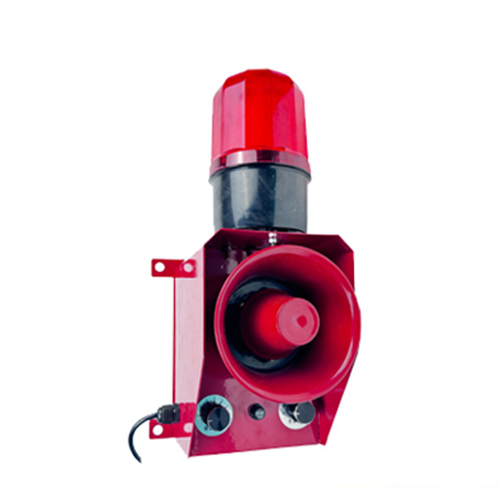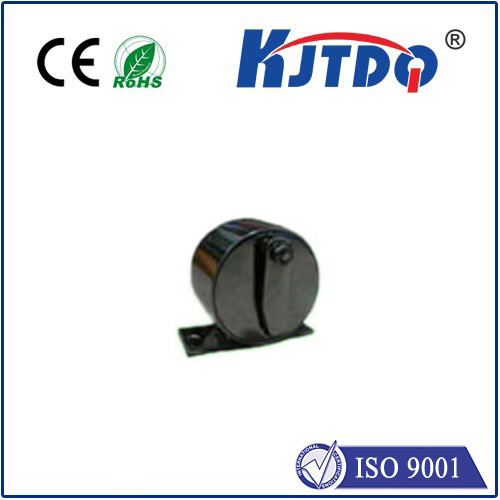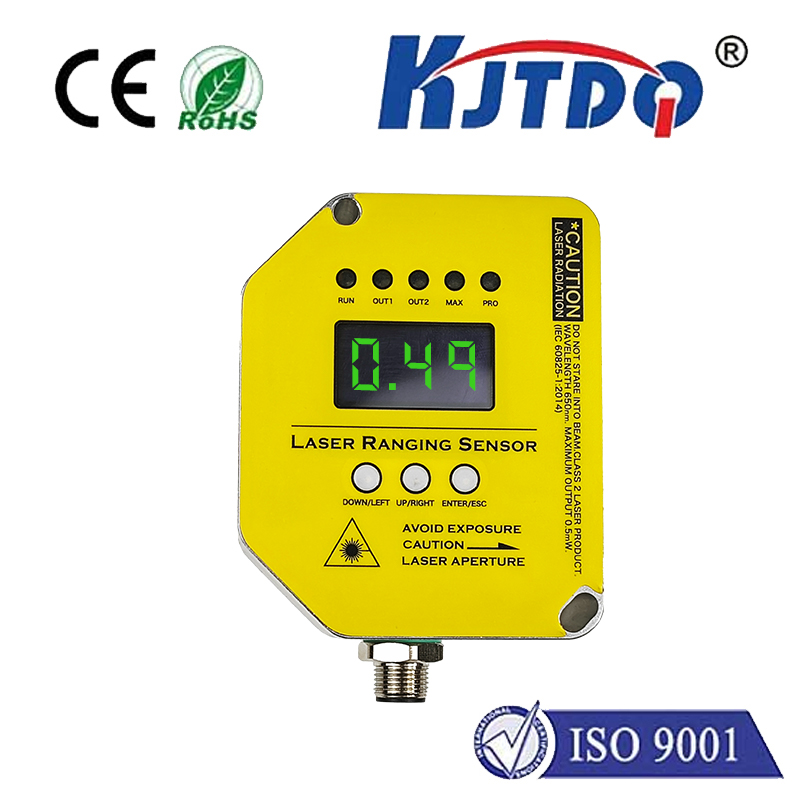BES0182 high pressure proximity sensor
- time:2025-10-13 13:26:39
- Нажмите:0
BES0182 High Pressure Proximity Sensor: Unwavering Detection in Extreme Environments
Imagine the relentless forces within a deep-sea oil rig’s hydraulic system, the crushing pressures inside a forging press, or the demanding conditions inside high-pressure pumps and valves. In these unforgiving environments, conventional sensors often falter, succumbing to distortion, seal failure, or outright destruction. This is precisely where specialized components, like the BES0182 high pressure proximity sensor, step into the spotlight. Engineered not just to sense, but to endure, this sensor represents a critical solution for applications where proximity detection must remain uncompromised, regardless of the immense pressures trying to defeat it.
Proximity sensors are ubiquitous in industrial automation, detecting the presence or absence of objects without physical contact, typically using inductive, capacitive, or magnetic principles. However, standard sensors are designed for ambient pressures. When subjected to the intense pressures common in hydraulic power units (HPUs), die-casting machines, test stands for aerospace components, subsea equipment, or high-pressure processing (HPP) food lines, their housings can deform, internal electronics can malfunction, seals can leak, and their sensing characteristics can drift significantly. The BES0182 confronts these challenges head-on.

So, what sets the BES0182 high pressure proximity sensor apart? Its defining characteristic is its exceptional pressure resistance. This isn’t just about a rugged housing; it’s a holistic design approach. Key features enabling its robust performance typically include:
- Pressure-Optimized Housing: Often constructed from exceptionally strong, low-creep materials like stainless steel (e.g., 316L) or specialized engineering polymers (like PEEK - Polyether Ether Ketone). These materials resist deformation under sustained high loads. The geometry is precisely engineered to withstand external pressure without compromising the sensor’s internal cavity.
- Advanced Sealing: Multiple redundant and specialized seals are critical. These might involve metal-to-metal seals or extremely robust elastomers specifically chosen for high-pressure stability and minimal compression set. This ensures the sensitive internal electronics remain completely isolated from the hostile external fluid environment.
- Pressure-Compensated Design: Some high-pressure sensors employ designs that allow the internal cavity to equalize with external pressure (within limits), minimizing the crushing differential pressure across the housing wall.
- Robust Sensing Element: The core inductive (or other technology) sensing element itself must be protected and potentially compensated to maintain stable switching characteristics despite the surrounding pressure stresses.
- High Protection Rating: Complementing its pressure resistance, a sensor like the BES0182 typically boasts a high IP rating (Ingress Protection), likely IP67 or IP69K, ensuring immunity to dust, moisture, and high-pressure washdowns, which are often companions to high-pressure environments.
The BES0182 typically utilizes inductive sensing technology. This means it generates an electromagnetic field and detects disruptions caused by metallic targets entering its sensing range. The sensor doesn’t physically contact the target, offering wear-free operation, a crucial advantage in high-vibration or high-cycle applications often associated with pressure systems. Its key performance attributes usually include a well-defined switching distance, excellent repeat accuracy, fast response times, and immunity to ambient electromagnetic interference – all maintained reliably under pressure.
Where does the BES0182 prove indispensable? Its reliability makes it a cornerstone in sectors where pressure isn’t just a factor, it’s the defining operational parameter:
- Hydraulic & Pneumatic Systems: Monitoring cylinder end positions, valve spool detection, and verifying component presence within HPUs under pressures often exceeding several hundred bar (thousands of psi).
- Die Casting & Forging: Detecting molds, platens, ejector pins, or material presence within massive presses generating immense tonnage and the correspondingly high fluid pressures.
- Oil & Gas (Surface & Subsea): Position sensing on blowout preventers (BOPs), Christmas trees, valves, and actuators on platforms and subsea installations exposed to extreme hydrostatic pressures miles deep.
- High-Pressure Pumps & Valves: Verifying valve positions, detecting piston strokes, or confirming component alignment within pumps generating process pressures measured in kilobars.
- Воздушно - космические и Оборона: Test stands for hydraulics, engines, and landing gear; position feedback in high-pressure fuel or control systems.
- High-Pressure Processing (HPP): Food and beverage applications where products undergo immense hydrostatic pressure (up to 6000 bar / 87,000 psi) for non-thermal pasteurization; sensor survival here is paramount.
- Тяжелая техника: Position feedback in construction equipment hydraulics (excavators, cranes) and industrial presses.
Selecting the right high pressure proximity sensor demands careful consideration beyond just the pressure rating. Key factors include:
- Required Pressure Rating: Identify the maximum sustained and any potential peak/pulse pressures the sensor will encounter. The BES0182’s specific rating must exceed this.
- Housing Material Compatibility: Essential to ensure the housing material (stainless steel or PEEK) is chemically resistant to the fluids (hydraulic oil, seawater, process fluids) present in the application.
- Electrical Connections: Options like rugged M12 connectors or cable glands suitable for the environment, ensuring reliable signal transmission. Consider cable material resistance if submerged or exposed to chemicals.
- Sensing Distance & Target: Ensure the nominal switching distance meets the mechanical requirements. Confirm the sensor is compatible with the target material (typically ferrous steel, but some models may handle stainless steel).
- Temperature Range: Verify the sensor’s operating temperature range encompasses the application’s conditions, especially if combined with high pressure.
- Output Type: Standard PNP or NPN switching outputs are common; ensure compatibility with the control system.
The BES0182 high pressure proximity sensor isn’t merely a component; it’s a commitment to operational certainty. In environments where pressure threatens to silence feedback, it provides a clear, unwavering signal. Its robust construction – from the high-strength housing to the critical sealing technology and pressure-stable sensing core – embodies engineering designed to master extremes. For engineers tasked with designing, maintaining, or upgrading systems operating under immense pressure, specifying the BES0182 translates directly to enhanced reliability, reduced unplanned downtime, safer operations, and ultimately, a more resilient and productive process. It represents the quiet confidence needed when detection simply cannot fail, no matter the pressures applied.

